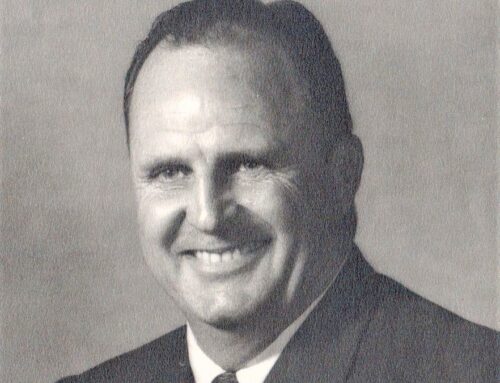 By Brenda Eubanks Burnette
By Brenda Eubanks Burnette
The citrus industry drew people to Florida with dreams of wealth and retirement, and their livelihood was widely marketed by not only the citrus packinghouses who sold their fruit, but also by their respective chambers of commerce and tourism partners across the state.
Florida State Representative Tom Rooney noted in a recent opinion piece that, “The citrus industry is an essential part of the fabric that makes Florida, Florida. Just look around. The background of the state license plate, oranges. The state flower is the orange blossom. The state drink is Florida orange juice. In Florida, citrus is a generation-spanning family business, older than the state itself. Simply put, citrus isn’t just a crop. It’s a way of life.”
That way of life began being documented in the 1800s by illustrations in major magazines, such as Harper’s Weekly. It publicized the business of growing citrus in Florida both as a way of life and as a potentially lucrative business opportunity.
Early ads and photographs portrayed the healthy lifestyle and benefits of Florida citrus, encouraging the nation to buy Florida citrus to gain the so-called “easy” lifestyle enjoyed by Floridians. Citrus was a healthy, natural fruit or beverage and, as early as the 1930s, ads were touting the health benefits of citrus for colds — a much sought-after remedy in the frigid northern states during the dreary, cold winter months.
The glamour of travel also entered the mix with the long-time partnership of railroads and citrus — first for transportation of products, and then as a tourism ploy bringing visitors to Florida through the very groves from which they bought their citrus!
Then there were the gift fruit shippers — Florida’s true highwaymen. Gift fruit shippers and roadside stands tended to be motorists’ first impression of Florida. But selling sunshine went beyond advertising and promotions. Citrus was so synonymous with Florida that it was used in marketing campaigns for fast-food chains, beauty products and Disney World’s entrance to Florida, bringing the Orange Bird to Anita Bryant. Citrus has even been used extensively in home-decor products, artwork and fabrics such as rugs and clothing.
Postcards have traveled around the world promoting the state of Florida and featuring its golden promise of warmth, vitality and youth. One postcard features poetic prose on the beauty of the state’s number-one agricultural industry; it is about a Temple orange grove at Temple Terrace in Tampa:
“There’s a spot beneath the heavens where the sunbeams always play,
By a deep, majestic river near the shores of Tampa Bay;
And ‘tis there that I would hasten when the blast of winter blows,
To this land of flowers and sunshine, where the Temple Orange grows.
Brains, wealth, power, imagination, organized with skill so well,
Beautiful this wonder garden far beyond my power to tell.
And whene’er my heart grows heavy and the biting blizzards blow,
Thither will I then betake me to this beauty spot I know,
Where men of courage, faith and vision make the Temple Orange grow.” — author unknown
Selling sunshine — what a great history!
Brenda Eubanks Burnette is executive director of the Florida Citrus Hall of Fame. Pieces of the Past is presented in partnership with Florida Southern College’s McKay Archives Center in Lakeland.




